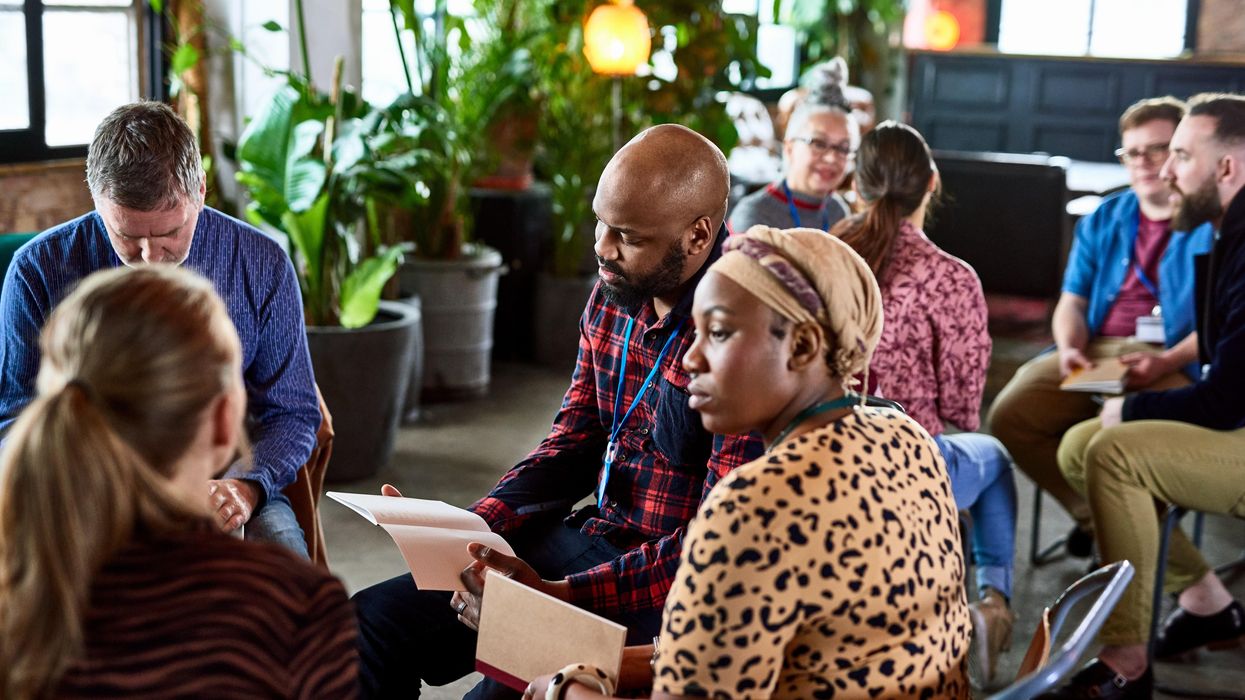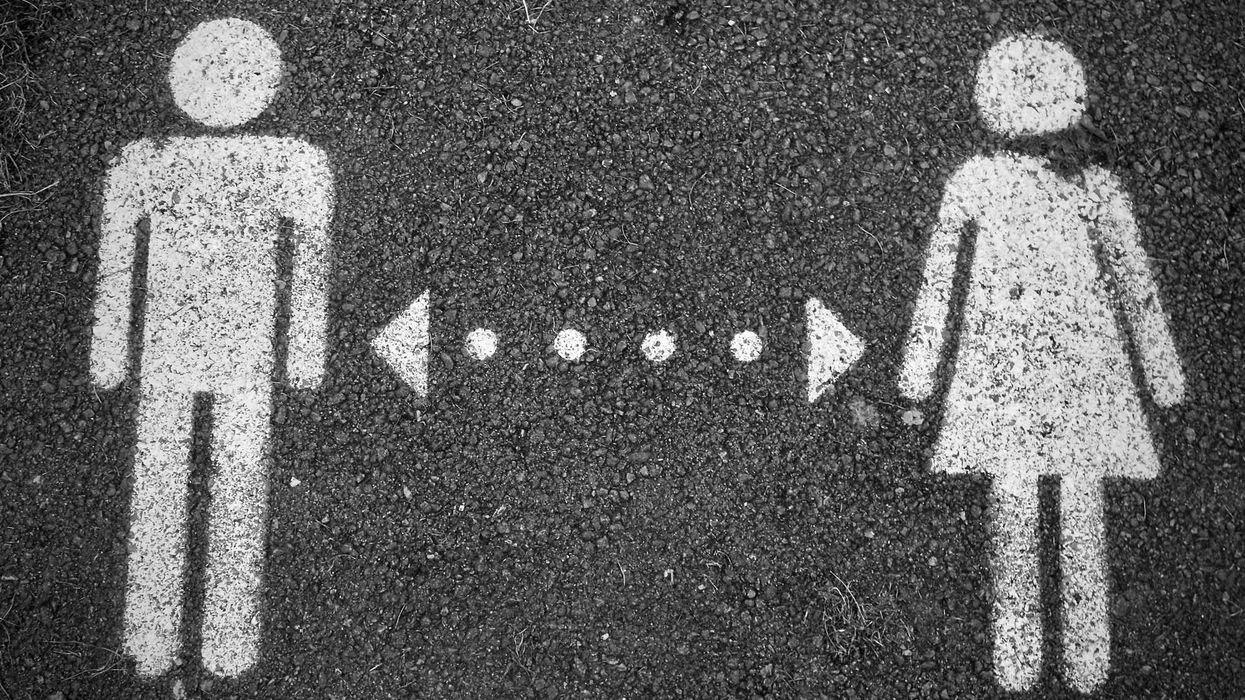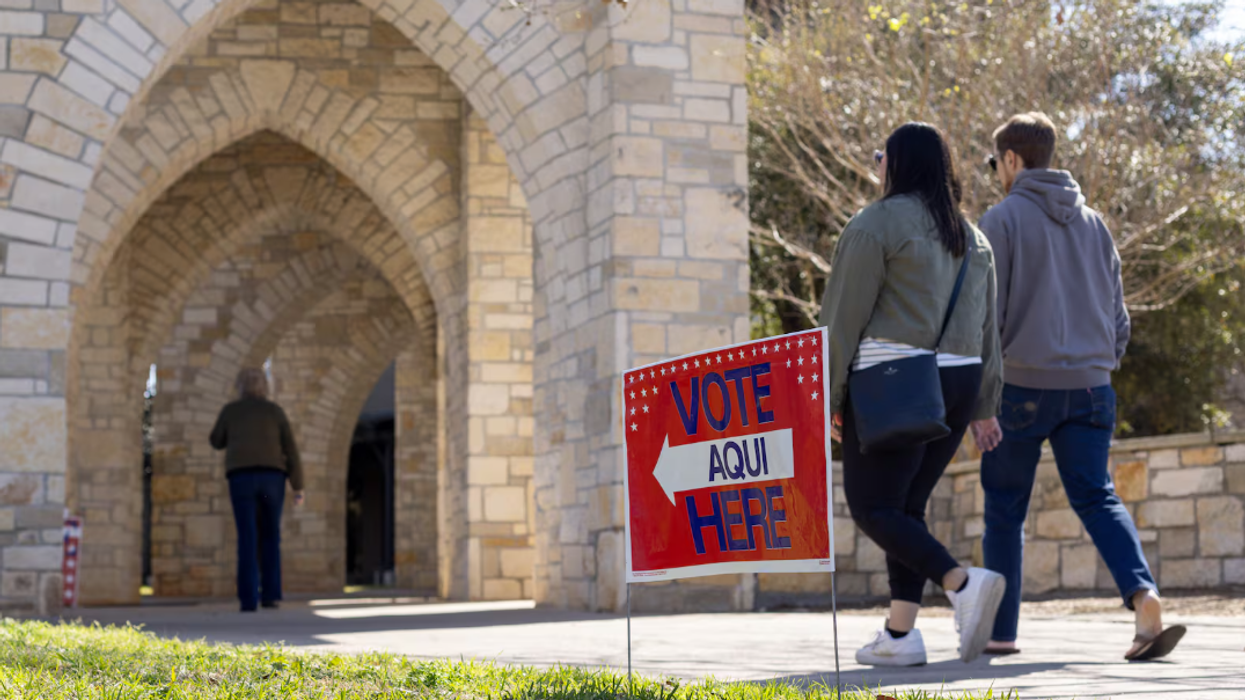Christen is a lawyer, a senior officer in the Navy Reserve JAG Corps, a seminarian, and a member of an independent Critical Connections team catalyzing inter-movement community and capacity building among democracy and civic health-promoting organizations to achieve collective impact. All stated opinions are his own and do not represent the positions of the U.S. Navy.
This is the third in a series of articles analyzing how the field of democracy-promoting organizations and movements can prepare to support and facilitate a mass movement.
“ If we wait for governments, it will be too late. If we act as [individual fields], it will be too little. But if we act as a [inter-movement] community, it might just be enough, and it might just be in time.” -Rob Hopkins
Community is a fundamental unit of shared life that we organize to advocate for change. If “community” then is the ideal unit to organize for driving social change, and the democracy and civic health ecosystem needs to organize itself to drive social change, then shouldn’t it try to become a community?
Generative interactions are key to solving the democracy adaptive challenge
Creating the strategic plan for the entire ecosystem would require calculating and attempting to control infinite, constantly changing variables. So many known and unknown unknowns, both in terms of identifying the problem and the solution, renders an all-inclusive “grand strategy” a Sisyphean impossibility. A better option may be trying to unleash democracy’s “ adjacent possible ” – the potential, unforeseeable future that is just one step away – through maximizing interactions across the ecosystem.
Research has found that meaningful relationships produce interactions that can “trigger a positive chain reaction” of innovation on a systemic level, rendering “ impossible missions ... not ... so impossible after all.” When the right people and their knowledge, experience, data, and resources come together with sufficient autonomy, they find ways to collectively change systems.
Inter-movement relationships enhance opportunities for generative interactions
Ecosystem relationships are currently fairly siloed within fields (aka intra-movement), thereby limiting the interactions and subsequent information sharing, learning and innovation stacking needed to unlock democracy’s adjacent possible. Cross-field, or “inter-movement,” relationships can provide novel opportunities for fields to build off of each other’s knowledge, leverage each other’s unique capabilities, and innovate through a greater diversity of perspectives and approaches. As a result, interactions stimulated by these inter-movement relationships present a greater likelihood of unlocking democracy’s adjacent possible.
The “inter-movement community” is where these inter-movement relationships that facilitate generative interactions are formed, nurtured and matured.
The inter-movement community is the next evolutionary step of the ecosystem
The inter-movement community is the aggregation of the non-hierarchical network of relationships and interactions that occur across all fields and movements and the aforementioned intra-movement relationships and efforts. Think of it like the democracy metaverse. It is a recognition that all entities and efforts are interdependent with each other across the ecosystem. It is a systems approach to collectively responding to a systemic challenge.
Where “ecosystem” generically describes who and what are promoting democracy and civic health, inter-movement community also entails a unique sense of shared purpose, values and identification as being part of something bigger. From a practical perspective, it is a group of organizations and people following an impulse for cross-field collective impact and collaboratively pursuing the practical key lever endeavors that put that impulse into action.
The inter-movement community, however, is neither a super-coalition nor a higher level umbrella organization but an evolving organism that each cell plays a role in moving and expanding. When cells work in unison, the entire organism moves and grows more effectively and each cell benefits and accomplishes more than it could individually. As a result, the inter-movement community becomes a community of purpose, of learning, of practice, a political home, and a place where hospitality is both given and received.
The inter-movement community assigns a high qualitative value to relationships
Inter-movement community effectiveness is a function of the qualitative and enduring nature of member relationships. The inter-movement community thrives when member relationships are trust-based, meaningful, and embracing of altruistic humility. Being a good community member requires adopting cross-field and cross-organizational ethics of care: “Neighbors” are responsible for and accountable to each other and to the inter-movement community as a whole.
Although intra-movement, the Bridging Movement Alignment Council Steering Committee models this type of relationality. Members are well-connected, committed to each other and capable of effectively resolving internal conflict. They are also non-hierarchically self-organized around collective impact goals, with established infrastructure, processes, and roles and responsibilities for aligning efforts, sharing resources and information, and assessing collective effectiveness. Perhaps most important to their community’s cohesion, they also self-identify with both their individual organizations and the BMAC community.
Being an inter-movement community requires community member self-identification and active participation
The inter-movement community requires adding another layer of identity. Similar to Russian nesting dolls, we are all part of numerous levels of societal community, such as neighborhood, city, state and country. Our identities are inextricably intertwined with our hometowns, but our national identities are no less salient. As a result, we care about what happens in our hometowns while also caring about what happens in our states and nation. Similarly, organizations should not give up their organization’s or field’s unique identities or missions, but should also identify as being part of the larger fractal.
Expanding our identification to include the inter-movement community enlightens our self-interested motivations, goals and decisions. According to inter-movement strategist Walt Roberts, being a good inter-movement citizen requires “attending to your piece but with an awareness of the intersectionality and how your piece fits into the whole so that your actions are benefiting you and the whole.” Taking actions that align your needs and goals with those of the inter-movement community provides greater return on investment by simultaneously advancing your mission and the entire inter-movement community’s mission.
Locating your piece requires knowing what the puzzle looks like
Expanding our identities to include this larger layer, however, requires developing a sight picture of the entire democracy and civic health puzzle and then discovering where your piece fits in. It requires recognizing that a shared purpose unites us and feeling like you belong to the inter-movement community.
Opportunities to aid this sensemaking are proliferating. For example, Fix Democracy First's Democracy Happy Hour and FixUS ’ monthly breakfasts are addressing what FixUS Director Mike Murphy, refers to as “the first-level problem of awareness” of who is in the inter-movement community and what they are working on. A recent inter-movement strategy meeting similarly brought two dozen cross-field leaders together to discuss incorporating inter-movement topics into upcoming convenings. Between a recent The Village Square podcast and the Bridging Divides & Strengthening Democracy conference, the bridging field is also demonstrating how to approach locating the intersectionality between an individual field’s goals and the needs of the inter-movement community.
An inter-movement community coalesced through meaningful relationships and united by common identity and purpose can provide the generative interactions necessary to spark the chain reaction that releases democracy’s adjacent possible. Whether we end up with the mass pro-democracy movement that Vox was searching for or simply “ strengthening our collective capacities ” as Rob Stein called for, the inter-movement community can be the match that starts an explosion.
To continue the conversation, please e-mail Christen here.


















